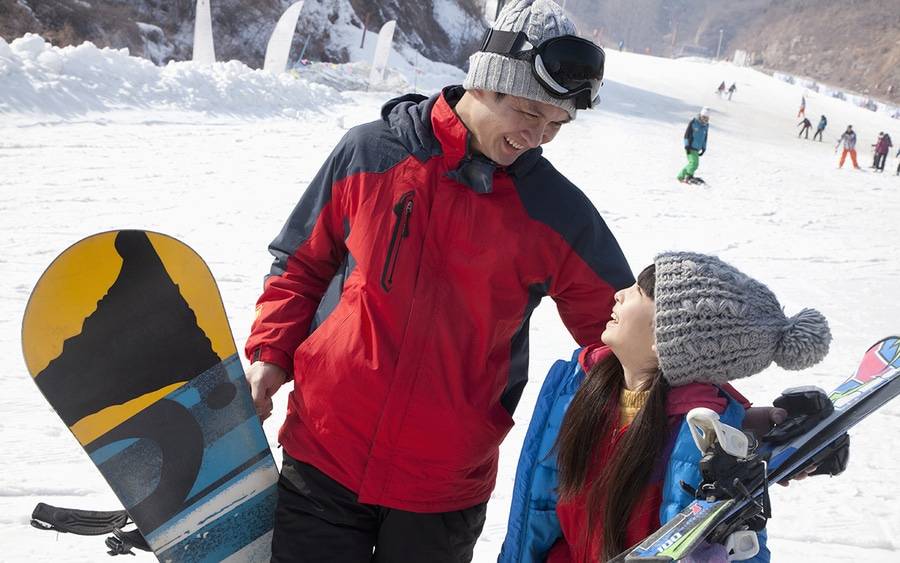5 Tips to Family Fun in the Snow
Stay safe and prevent injury

Stay safe and prevent injury
Winter weekends in the mountains are a traditional change of pace for San Diego families. While snowy sports such as sledding and snowboarding can be great fun, they can also lead to injuries. According to the U.S. Consumer Product Safety Commission, more than 246,000 people were treated at doctors’ offices, emergency rooms and hospitals in 2015 for injuries from snow skiing, snowboarding, ice skating, sledding and snow tubing.
“Many winter sports injuries can be prevented simply by staying alert and stopping to rest when you feel tired. Pay attention to how your kids are feeling, as well, and have them take a break if you feel they are pushing their limits,” says Elisa Wilson, MD, a family medicine physician at Scripps Coastal Medical Center Hillcrest.
While playing in the snow and ice, follow these five tips to stay safe and avoid common injuries such as sprains, strains, fractures and dislocations.
1. Warm up and cool down
Cold muscles, tendons and ligaments are more vulnerable to injury, so get your body warmed up by doing 10 minutes of physical activity before heading out on the slopes or the rink.
“Have a group warm-up that prepares everyone’s body for work,” says Dr. Wilson. “Not warming up before a chilly activity can be a shock to the body and cause muscles to feel tighter and become more prone to injury.”
Your warm-up doesn’t need to be complicated, just enough to elevate your heart rate and warm your muscles. Try a few jumping jacks, squats, lunges and high knee kicks. Have your kids suggest some variations.
After playing on the slopes, cooling down with static stretches can reduce muscle fatigue and help your muscles to recover faster.
2. Gear up
Wear appropriate protective gear for the sport -- such as goggles, helmets, gloves, padding and wrist guards -- and choose footwear that provides adequate ankle support.
“Make sure that all equipment is working properly and fits well before getting started,” says Dr. Wilson. “All gear should be checked and fitted regularly, especially with growing children who will probably need new items every season.”
3. Take a lesson
Taking lessons from a qualified instructor can help you and your family learn or review proper technique, including how to fall correctly to avoid getting hurt on the way down.
4. Pay attention
Make sure you know and abide by the rules of the sport and are aware of posted weather or safety warnings.
5. Listen to your body
Slow down or stop when you are in pain or tired, and check in with your children consistently to make sure they don’t need a rest. Many injuries take place at the end of the day when people are most fatigued.
“Winter sports allow families to have fun and stay fit together, and time spent outdoors is good for everyone’s health,” says Dr. Wilson. “Positive family time and fitness benefits outweigh the potential risk for injuries, so plan ahead and enjoy winter activities.”